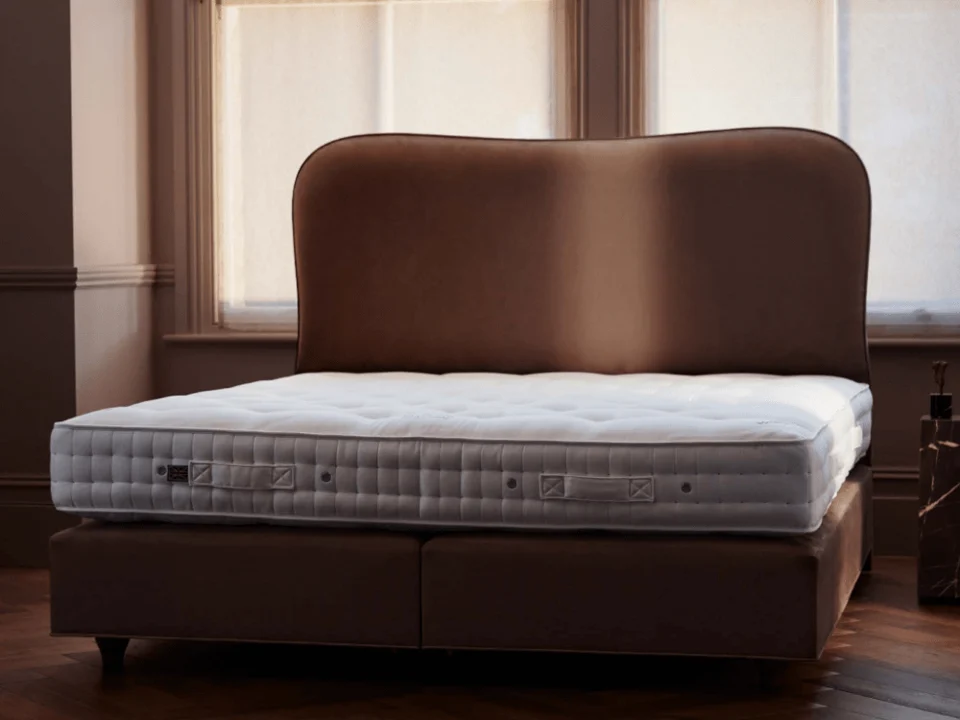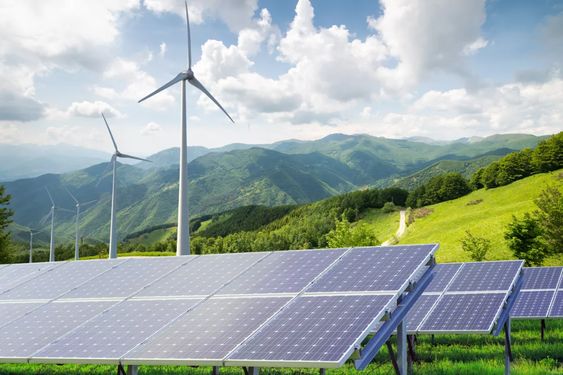Carpeting adds warmth, comfort, and aesthetic appeal to any home or office space. However, carpets are not immune to the effects of water damage, which can occur due to various reasons such as floods, burst pipes, or leaks. When faced with water damage, prompt action is crucial to mitigate further harm and salvage your carpets. Carpet cleaning and water damage restoration are essential steps to ensure the longevity and safety of your flooring. In this article, we’ll explore the significance of these processes and the steps involved in restoring carpets affected by water damage.
Carpet Cleaning Techniques:
Professional carpet cleaning techniques vary depending on the extent of the water damage and the type of carpet fibers involved. Here are some common methods employed in carpet cleaning and water damage restoration:
Water Extraction: Industrial-grade water extraction equipment is used to remove excess water from the carpet fibers and underlying padding. This step is crucial in preventing moisture from seeping deeper into the flooring and subflooring.
Drying and Dehumidification: Powerful air movers and dehumidifiers are deployed to accelerate the drying process and reduce humidity levels in the affected area. Thorough drying is essential to prevent mold growth and minimize structural damage.
Cleaning and Sanitization: Once the carpet is dry, professional cleaners employ specialized techniques to remove dirt, debris, and contaminants from the carpet fibers. Eco-friendly cleaning solutions are used to sanitize the carpet and eliminate odors, leaving it fresh and rejuvenated.
Steam Cleaning (Hot Water Extraction): Steam cleaning is a highly effective method for deep cleaning carpets and removing stubborn stains. Hot water and cleaning solutions are injected into the carpet fibers under high pressure, loosening dirt and debris before being extracted with powerful suction.
Spot Treatment: Stubborn stains and spots are treated individually using specialized cleaning agents and techniques to restore the carpet’s appearance and integrity.
The Best Carpet Drying Equipment
Choosing the best carpet drying equipment is essential for effective water damage restoration and moisture removal. The right equipment can expedite the drying process, prevent mold growth, and restore carpets to their pre-damage condition. Here are some factors to consider when selecting carpet drying equipment:
Size of the Area: Assess the size of the affected area to determine the appropriate capacity and quantity of drying equipment needed. Larger areas may require multiple air movers and dehumidifiers strategically placed to ensure uniform airflow and thorough drying.
Airflow and Coverage: Look for carpet drying equipment with adjustable airflow and coverage options to effectively target damp areas and promote evaporation. Choose equipment with variable speed settings and directional airflow capabilities to optimize drying efficiency and airflow distribution.
Drying Power and Efficiency: Consider the drying power and efficiency of the equipment in relation to the specific needs of the water-damaged carpet. Look for high-performance air movers with powerful motors and high airflow rates to accelerate evaporation and moisture extraction from carpet fibers and padding.
Portability and Maneuverability: Choose carpet drying equipment that is lightweight, portable, and easy to maneuver, especially in confined or hard-to-reach spaces. Consider factors such as size, weight, and maneuverability when selecting equipment to ensure ease of transportation and setup during the drying process.
Energy Efficiency: Opt for energy-efficient carpet drying equipment that consumes minimal power while delivering maximum drying performance. Look for equipment with Energy Star certification or low-power consumption ratings to minimize operating costs and environmental impact.
Safety Features: Prioritize carpet drying equipment with built-in safety features and certifications to ensure safe operation and prevent accidents or hazards. Look for features such as automatic shutoff, overheat protection, and sturdy construction to minimize the risk of electrical faults or malfunction.
What Is Water Damage?
Water damage refers to the destruction, deterioration, or loss caused by the intrusion of water into areas where it can cause harm to materials, structures, or belongings. It can occur suddenly, such as from a burst pipe or flooding, or gradually, such as from a leaking roof or plumbing issues. Water damage can affect various parts of a building, including walls, floors, ceilings, furniture, electrical systems, and personal belongings.
Water damage can take many forms, including:
Flooding: Flooding occurs when water overflows its natural or artificial boundaries, such as rivers, lakes, or storm drains, and enters buildings or surrounding areas. Floodwaters can cause extensive damage to structures and contents.
Leaking Pipes and Plumbing Issues: Leaks in pipes, plumbing fixtures, or appliances can result in water damage over time. Slow leaks can go unnoticed for extended periods, leading to mold growth, deterioration of building materials, and structural damage.
Roof Leaks: Roof leaks can occur due to damaged shingles, deteriorated flashing, or improper installation. Water entering through the roof can damage ceilings, walls, insulation, and other structural components of a building.
Sewage Backup: Sewage backups can occur when the sewage system becomes overwhelmed or blocked, causing wastewater to back up into homes or buildings. Sewage water contains harmful bacteria and pathogens, posing significant health risks to occupants.
Water damage can have serious consequences if not addressed promptly. It can weaken structural integrity, promote mold growth, damage electrical systems, and compromise indoor air quality. Additionally, water damage can lead to costly repairs, loss of personal belongings, and disruption of daily life.
Understanding Water Damage:
Water damage can wreak havoc on carpets if left untreated. When carpets are exposed to excess moisture, they become breeding grounds for mold, mildew, and bacteria, posing health risks to occupants and causing structural damage to the property. Additionally, water can weaken the carpet fibers, leading to discoloration, odors, and irreversible damage if not addressed promptly.
The Importance of Prompt Action:
In the event of water damage, time is of the essence. Acting swiftly can prevent further saturation of the carpet fibers and minimize the risk of mold growth. Immediate extraction of standing water followed by thorough drying is crucial to prevent secondary damage and restore the affected area to its pre-loss condition.
How To Get Rid Of Water Damage
Getting rid of water damage involves several essential steps to effectively mitigate the damage and restore affected areas to their pre-damage condition. Here’s a comprehensive guide on how to get rid of water damage:
Assess the Damage: Before beginning the cleanup process, carefully assess the extent of the water damage. Identify areas that are affected, including walls, floors, ceilings, and personal belongings. Determine the source of the water intrusion and address any ongoing issues to prevent further damage.
Ensure Safety: Safety should be a top priority when dealing with water damage. Turn off electricity and gas supplies to the affected area to prevent electrical hazards and potential fires. Wear appropriate protective gear, including gloves, masks, and rubber boots, to minimize exposure to contaminated water and mold.
Remove Standing Water: Use pumps, wet/dry vacuums, or buckets to remove standing water from the affected area. Extract water from carpets, rugs, and upholstery as quickly as possible to prevent further saturation and mold growth. Dispose of contaminated water properly according to local regulations.
Dry the Area: Thoroughly dry the affected area using air movers, dehumidifiers, and fans. Open windows and doors to promote air circulation and expedite the drying process. Pay special attention to hidden areas such as wall cavities and subflooring, as moisture trapped in these areas can lead to mold growth and structural damage.
Dispose of Damaged Materials: Dispose of materials that cannot be salvaged or thoroughly dried, such as saturated carpet padding, insulation, and drywall. Mold and bacteria can proliferate in porous materials, posing health risks and compromising indoor air quality.
Importance Of Water Damage Restoration
Water damage restoration is of utmost importance for several reasons, ranging from mitigating health risks to preserving property integrity. Here are some key reasons highlighting the importance of water damage restoration:
Preventing Mold Growth:
One of the most significant risks associated with water damage is the growth of mold and mildew. Mold thrives in damp environments and can start to develop within 24-48 hours of water intrusion. Mold not only damages building materials but also poses serious health risks, particularly to individuals with allergies, respiratory issues, or compromised immune systems. Water damage restoration involves thorough drying and disinfection, preventing the growth and spread of mold and ensuring a safe indoor environment.
Preserving Structural Integrity:
Water can weaken building materials such as wood, drywall, and insulation, compromising the structural integrity of a property. Prolonged exposure to moisture can lead to warping, swelling, and deterioration of structural components, potentially causing structural failures and costly repairs. Water damage restoration aims to mitigate the effects of water intrusion, stabilize affected structures, and prevent further damage to the property’s framework and foundation.
Protecting Personal Belongings:
Water damage can wreak havoc on personal belongings such as furniture, electronics, documents, and sentimental items. Water damage restoration involves salvaging and restoring damaged belongings whenever possible, minimizing financial losses and sentimental distress for property owners.
Preventing Secondary Damage:
Water damage can trigger a cascade of secondary issues, including electrical hazards, corrosion, and contamination. Excess moisture can corrode electrical wiring, outlets, and appliances, posing fire and electrocution risks. Contaminated water can introduce harmful bacteria, viruses, and chemicals into the indoor environment, compromising occupant health and safety.
Minimizing Disruption and Downtime:
Water damage can disrupt daily routines, business operations, and occupancy of residential and commercial properties. Flooding and water intrusion can force temporary closures, relocation of occupants, and interruption of essential services.
In conclusion
Water damage restoration is essential for mitigating health risks, preserving property integrity, and restoring affected areas to a safe and habitable condition. By addressing water damage promptly and thoroughly, property owners can minimize the risk of mold growth, structural deterioration, and financial losses, ensuring the long-term safety, functionality, and value of their properties.




